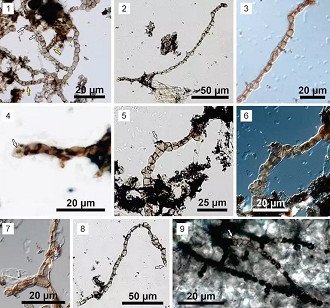An unidentified fossil, over 540 million years old, was discovered in Januária, located in the northern region of Minas Gerais, by a group of scientists from the University of Brasília (UNB). This fossil, recognized as belonging to a cyanobacteria named Ghoshia januarensis, was initially documented in the doctoral dissertation of researcher Matheus Denezine. The finding also suggests the potential presence of oil in the area.
Discovery supports Darwin’s Theory of Evolution.
The significance of this discovery is immense, despite its tiny size of just 10 micrometers. It not only supports Darwin’s Theory of Evolution but also provides interesting insights into the ancient marine environment of Minas Gerais, suggesting that the region was once underwater in distant times.

The research conducted by UNB enhances our understanding of Earth’s history and prompts inquiries about the region’s natural resources. The findings hint at potential oil reserves in the San Francisco Sediment Basin based on the local rock features and organic matter concentration.
Identifying a potential oil system involves further research to confirm if the organic matter in the rocks has indeed generated oil or gas and how this process may have evolved over time, as highlighted by Matheus Denezine.
Professionals from different geology fields need to collaborate to study the oil system in the Minas Gerais region, with support from various institutions and international partners.
Please provide the text you would like me to paraphrase.


